We've said it before in other blogs, and we'll say it again: Any serious hunter looking to harvest monsters must look at the season as a year-long process, not just several months of fun. To become the best possible hunter you can be, you must constantly shoot, scout, and, more importantly, brush up on your whitetail knowledge.
Whether it's the off-season and you're trying to stay sharp before next season or about to head out for your next hunt, read our six tips for blood trailing your deer. Better deer tracking helps you bring home more deer!
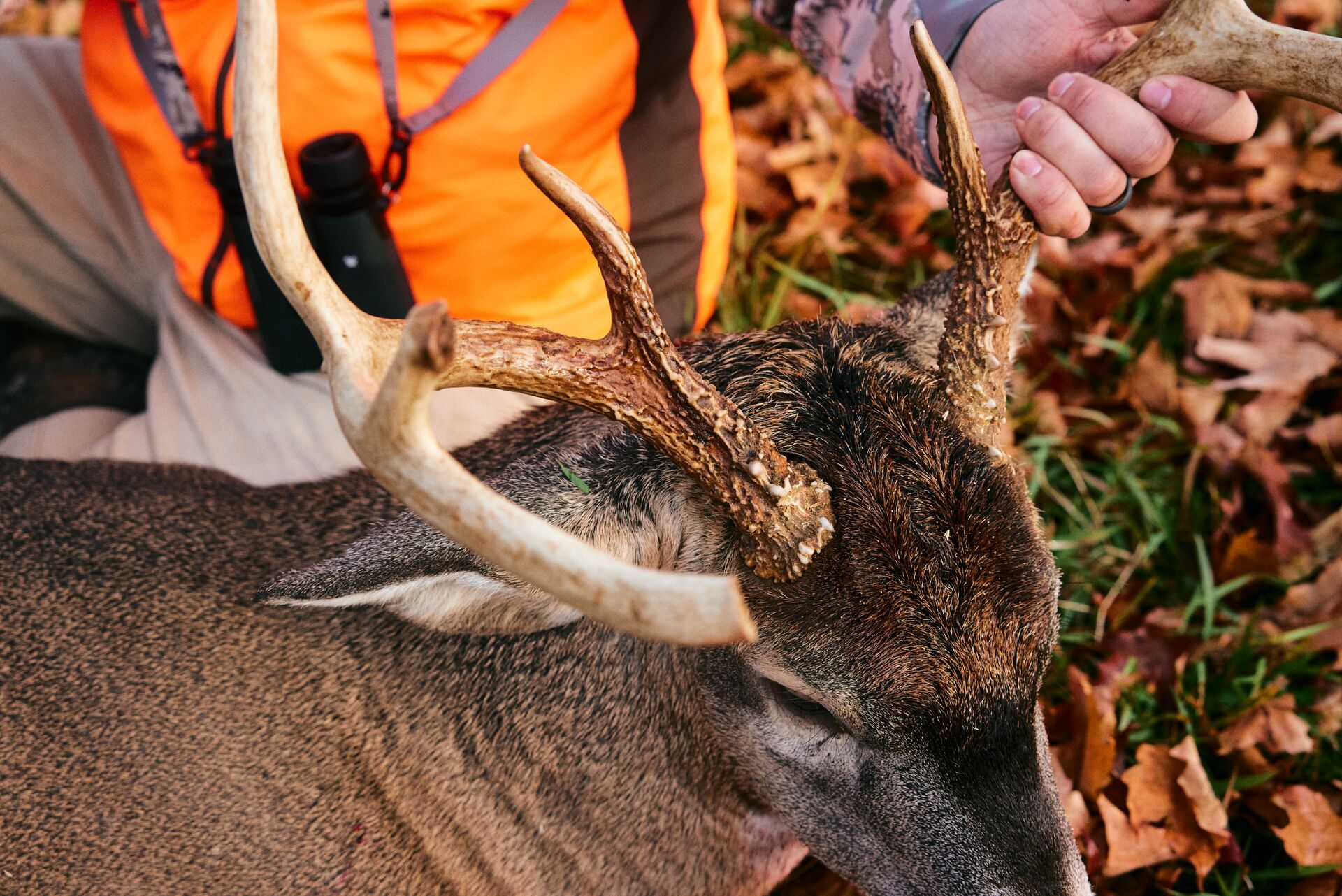
1. Pay Attention to the Deer's Behavior After the Shot
how a deer reacted to the shot can help you determine if your shot was good or bad.
You've most likely made a heart/lung shot if a deer kicks when shot. On the other hand, deer that run 100 yards and stop have most likely received a gut shot.
Understanding what reactions correlate with what type of shot will help you determine whether your track will be straight or zig-zag through the woods.
2. Keep an Eye On the Weather
Aren't weather and temperature always a factor when hunting?
Remember to keep both in mind when deciding how long to wait after your shot before following after your deer. It is still essential to give a deer time; however, if a huge storm is coming in, you want to take that into consideration.
Keep up to date on the wind and weather by checking your daily view on your HuntWise app.
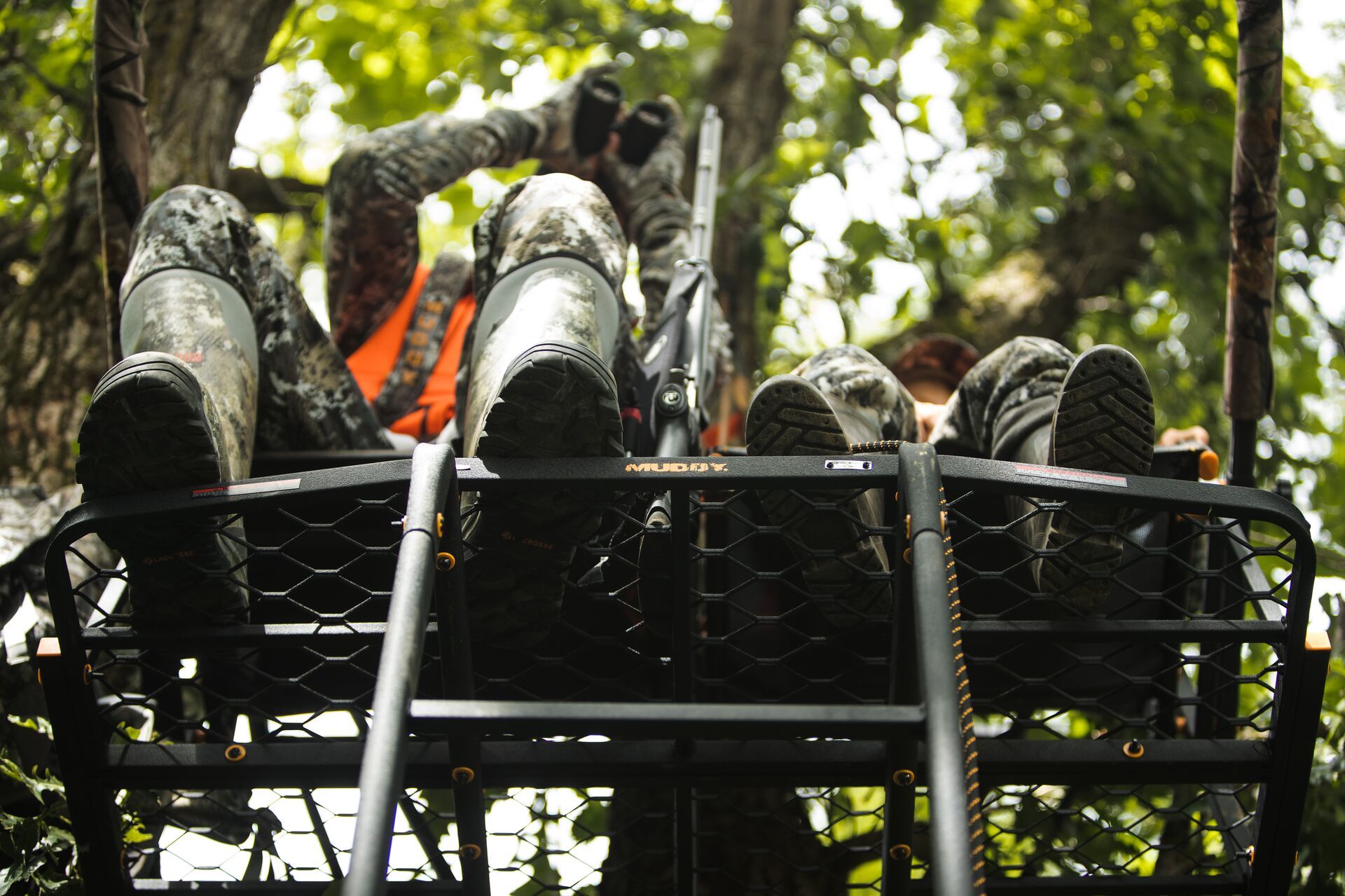
3. Don't Leave Your Blind or Tree Stand Until the Area is Clear
There is no exact time for how long it takes for the deer you just shot to die. It can take anywhere from 30 seconds to hours or even more.
It all is based on the shot you just made and how the deer reacts. So, try your best to stay put until the area is clear.
Deer are known to get spooked if the shot is not ideal, so it is best to stay quiet and let the area settle back down.
4. Give the Deer Some Time
As we mentioned, you will want to stay put and give the deer time to die.
Once you let the area clear, don't go rushing to check your arrow just yet. Return to camp, eat a little food, and tell your buddies.
The worst thing you could do is bounce onto a blood trail immediately. Rushing in too soon can spook the deer, making it more difficult to retrieve or causing additional injury to the animal.
5. Use Your HuntWise Markers to Mark Last Blood
This could possibly be one of the most crucial steps: It is always important to mark last blood before moving on to find next blood, especially if it's a bad blood trail.
Therefore, use your HuntWise customized markers to either make a walking path or mark last blood. You won't be sorry when you find that big buck without having to retrace your steps.
6. Bring Help (But Not Too Much)
Finally, in our opinion, one person isn't enough.
It is always a good idea to have help when blood trails your deer. You can have one help mark the last blood or even help you drag your deer out of a thicket.
However, while having an extra hand or two is nice, don't get carried away. Bringing everyone in camp out with you to retrieve your buck is probably too many people and can become less helpful.
Should you bring your dog to help you track? It depends. Make sure it's well-trained and the area is clear of other deer or animals to help your dog stay focused on retrieval and avoid bad interactions with wild animals.
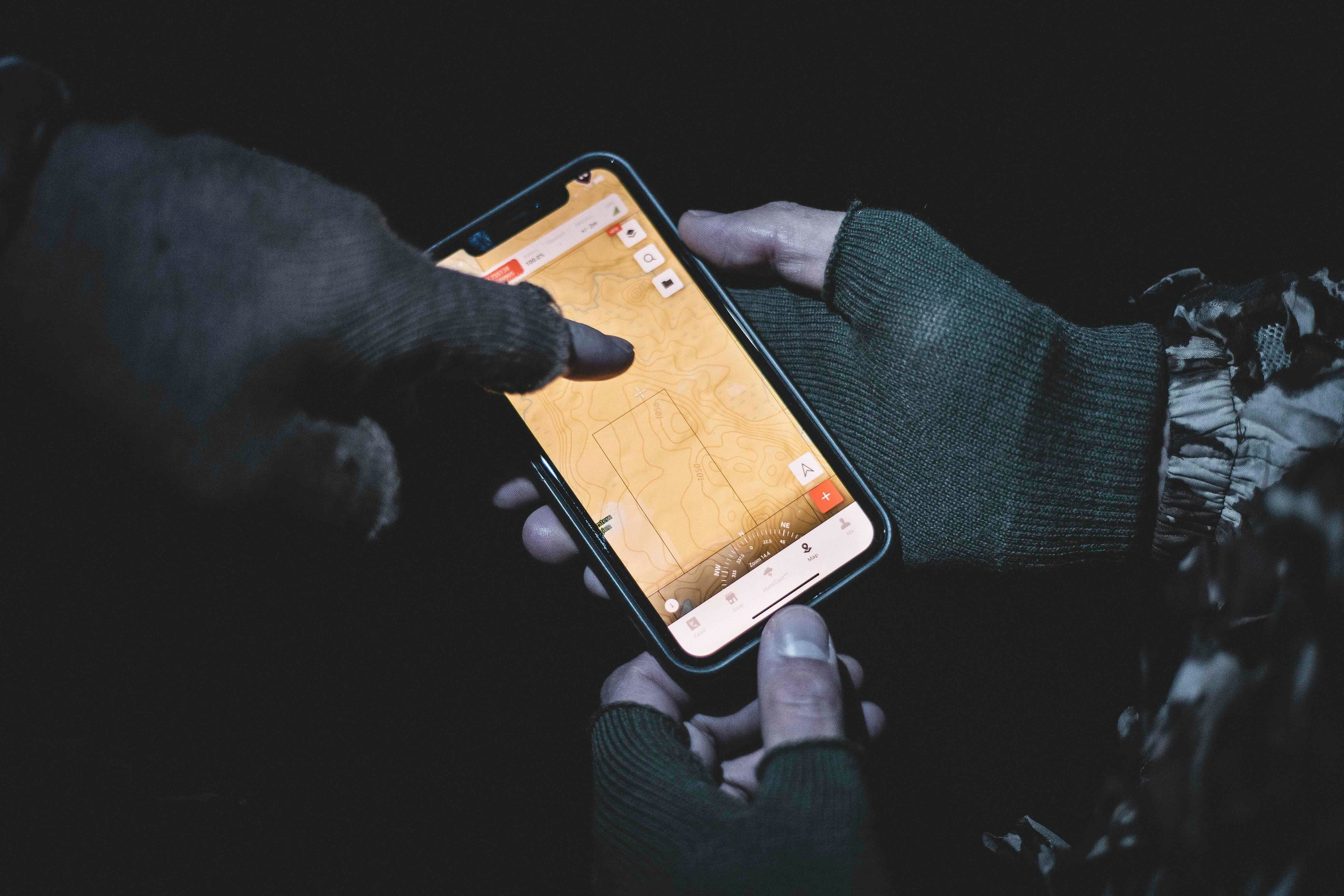
Use HuntWise for Hunting and Deer Tracking This Season
Did you know you could use HuntWise to track deer after the shot? It's the ultimate hunting tool – not just for scouting before you hunt.
Keep these simple tips in mind (and your HuntWise app nearby) throughout deer season. Whether it is bow season or the off-season and you are scouting, it is a good idea to consider these tips when placing new stands and scouting new areas. Having a nice area with good runs will help make your track more bearable and your shot more accessible.
If you don't yet have the app, today is a great day to download it! Then, explore every feature free for a week.
The more you explore, the more ways you'll find to use the maps and map layers, markers, WindCast, RutCast, HuntCast, and other features!
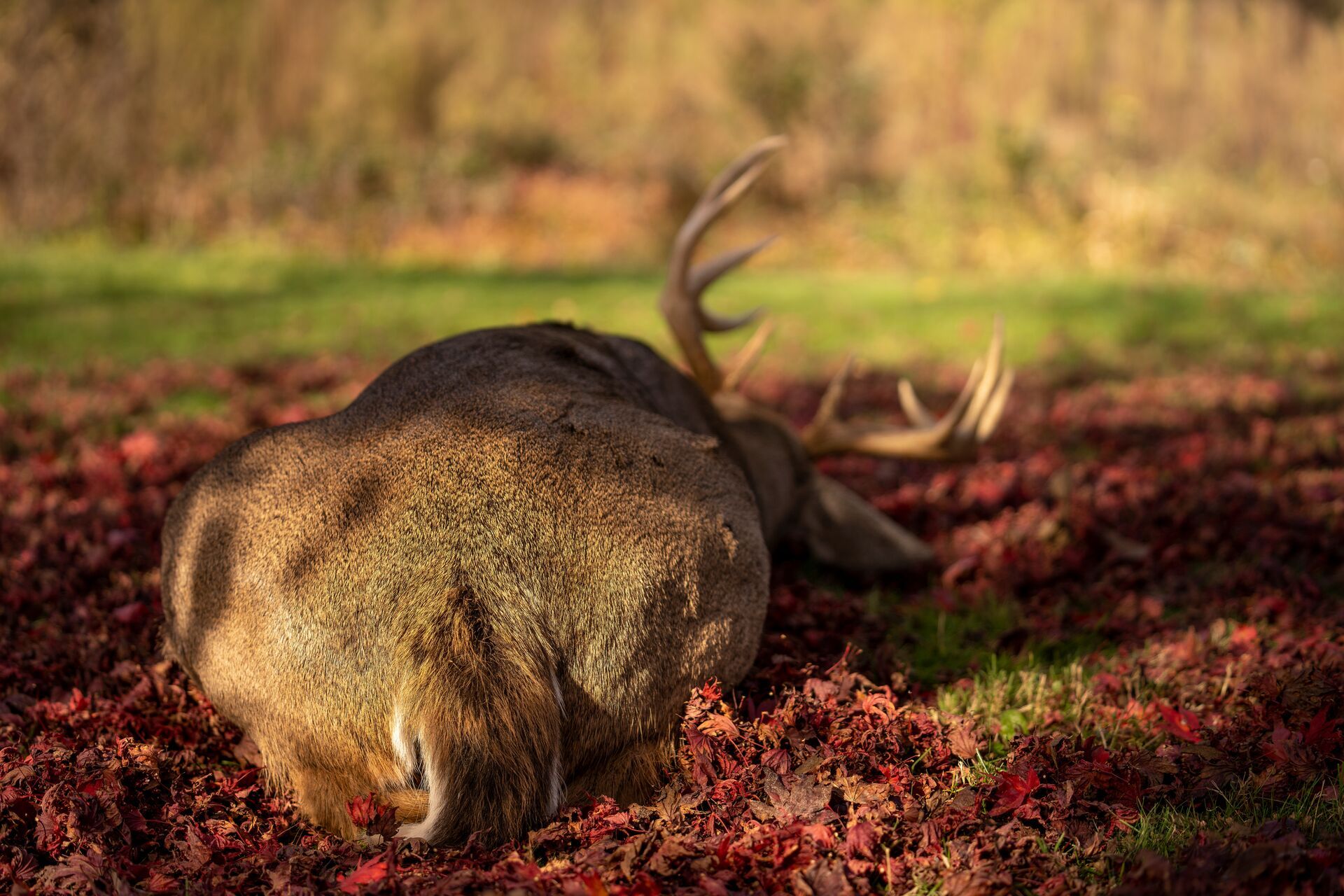
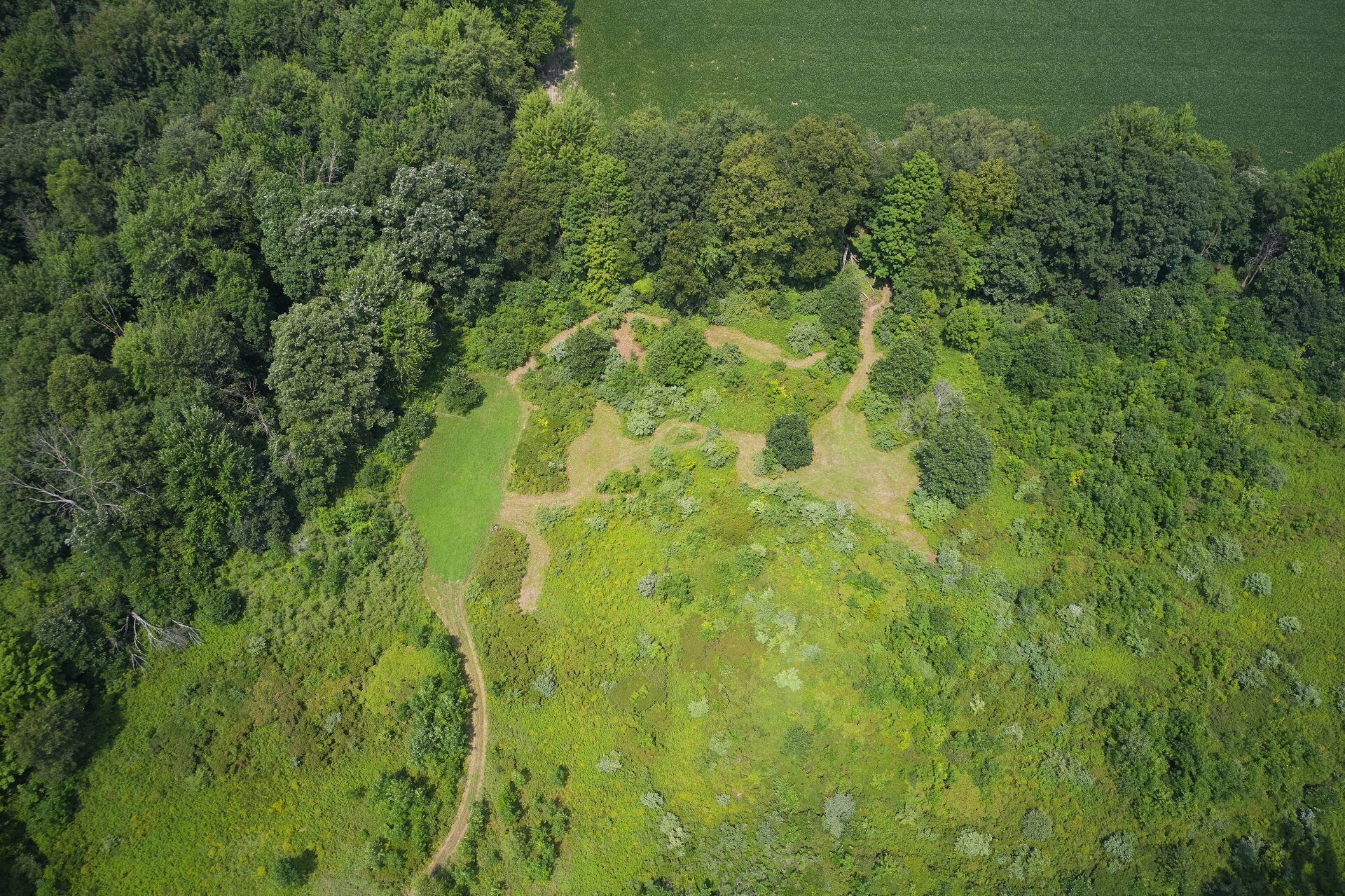
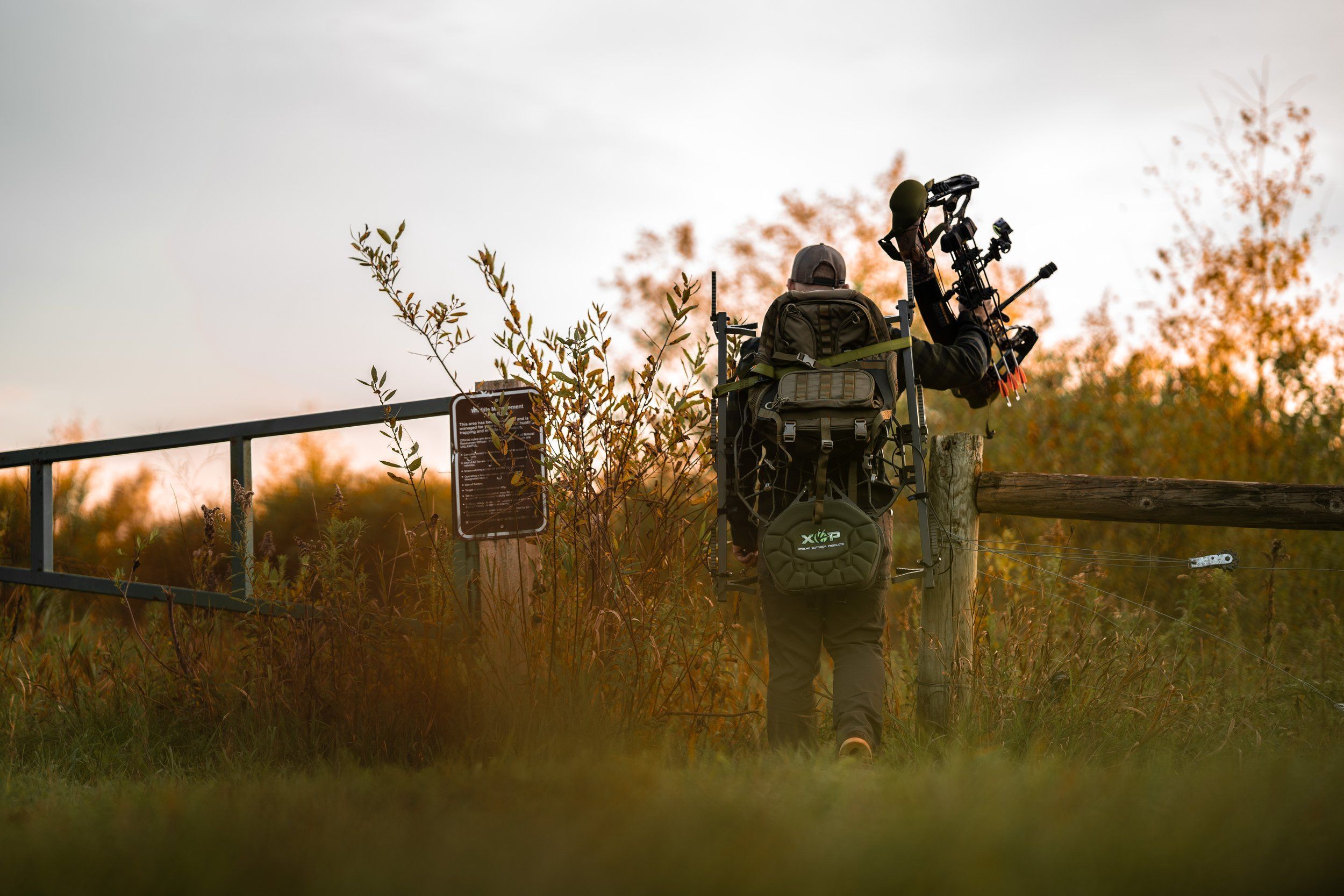 Hunting Tips
Hunting Tips Hunting Tips
Hunting Tips Hunting Tips
Hunting Tips

